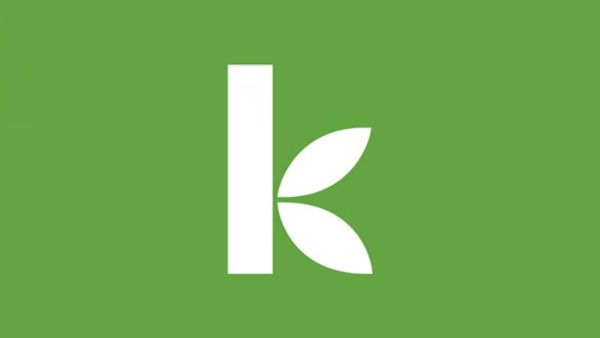
By Victoria Kabak, KF9, Nicaragua
Before I left for my placement as a Kiva Fellow in Nicaragua, I was browsing my microfinance institution’s web site, trying to see what I could learn from it and to familiarize myself with the organization, AFODENIC, a bit more. I clicked on a link in the left sidebar called “Fuentes de Financiamiento,” or “Sources of Funding.” After the page loaded, I realized that, subconsciously and perhaps naïvely, I had been expecting to see a particular logo we know so well, that comforting, familiar green logo, with its leafy K and its curvy A.
Instead, the large pie graph on the page was labeled with the unfamiliar, non-green, non-leafy logos of three other funders. The smallest piece of that pie provides AFODENIC with funding equivalent to 4 times the amount of its monthly limit on Kiva–the largest, 57.5 times AFODENIC’s monthly limit.
There are a few important points to note at the outset. First, I can’t vouch for how recent these numbers are. Second, because the limits on Kiva are monthly, an MFI can receives up to 12 times that amount of funding in a given year. In fact, when I looked at the numbers on AFODENIC’s partner page on Kiva, the dollar amount of loans that AFODENIC has funded through Kiva is more than what the institution has received from two of the three other funders that were on this web page. But in any case, Kiva wasn’t on the page and my first thought was, “I guess Kiva isn’t one of its biggest sources of funding.”
I was a little disappointed. I was days away from leaving for Nicaragua, jazzed to get there and still riled up from training. If Kiva didn’t make it on to the pie chart, did it mean that the funding from Kiva lenders wasn’t even registering as a drop in their proverbial ocean? Did that mean being a Kiva partner was making no difference to my MFI?
The answer is no. First of all, after being here for five weeks, I’ve learned that Kiva is a major source of funding for AFODENIC, despite what the web site might make it seem like. But I don’t need numbers, percentages, or dollar amounts to know that Kiva’s support makes a difference to AFODENIC.
Sometimes I sit in on the biweekly comités at the branch office down the street here in Managua. In these meetings, the loan officers present their clients’ applications for new loans and the branch manager approves them and decides how each is going to be funded. When I see how many loan applications are placed in the Kiva pile and I think about what would happen to those clients if AFODENIC wasn’t a Kiva partner, I know that Kiva makes a difference to AFODENIC.
When I visit a client for a journal update and try to explain to them what Kiva is and why I’m there , I usually show them a print-out of their borrower profile on the Kiva site. Many of them become so absorbed in the sheet with their photograph and the description of their loan that I have to wait several minutes before continuing on with my questions. When I watch these borrowers reactions to their own Kiva profiles, I know that Kiva makes a difference to AFODENIC and its clients.
Besides these very tangible experiences I’ve had that have taught me why truly Kiva matters to its field partners, a couple of features of Kiva’s model are also particularly impactful, in my opinion. Not having to pay interest on the funds they receive from Kiva and having the option not to cover losses when a borrower is delinquent or defaults both lessen the financial burdens the MFI has to bear. And funds saved this way are funds that can instead be diverted toward making more loans to clients and creating a financially sustainable organization.
And when it comes down to it, whether Kiva accounts for 30 percent of a field partner’s portfolio or for 1 percent, we’re absolutely working in a context where it’s true to say that every little bit counts. Whether or not Kiva gets any explicit credit on a website or a brochure doesn’t change the level of impact – impact that I see both in the office and out in the field – that Kiva is having in countries around the world.
Victoria Kabak is currently a Kiva Fellow in Nicaragua with field partner AFODENIC. To loan to an AFODENIC borrower on Kiva – because it does make a difference! – please go here.
/>













